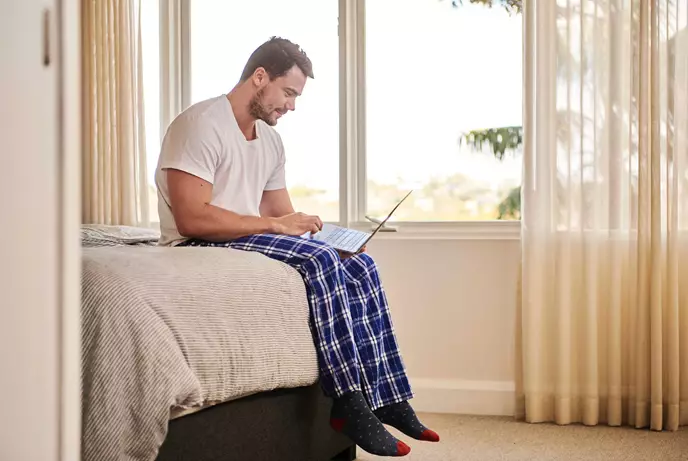Four Simple Tips for Creating a Smart Home Office

While virtual offices can help your business flourish by providing you with a great business location, the best support team, and the latest in technology solutions for a fraction of the cost, it can be a challenge to design the perfect home office to use in conjunction with virtual office services. While nothing beats the luxury of having an office only a few steps away from where you live, home offices can be a mecca for distraction and clutter. With these tips for smart home office design, you'll feel comfortable, productive, and creative in your home office space.
Use Pinterest Responsibly
While Pinterest is an awesome place to browse for inspiration, many of the offices you'll see aren't designed to accommodate a full-time work-week. While upholstered dining room chairs may look great in a Pinterest photo, they won't support your back and, when used over a long period of time, could actually contribute to back and neck problems. You may see photos of tiny vintage desks and brightly colored walls, but will the desk fit your project files and will the bright red paint above your desk eventually give you a headache? When there's too much environmental stimulation it can actually be a form of distraction – try adding color with rugs or curtains instead of going straight for the walls.
Embrace Natural Light
When putting a new desk into an office space, many people reflexively put it against the wall in the darkest corner of the room. In doing so, they've re-created a corporate cubicle – horrible lighting and all. By moving your desk close to the windows and parallel to the panes, you'll reap the happiness benefits of being exposed to natural light. Additionally, you'll have a good reason to turn away from your computer every so often and take in the nature that's just outside your window. Although your home office may be exposed to plenty of natural light, you'll still require additional lighting for cloudy days and evening hours. Instead of relying on overhead lighting, try a few table lamps which provide a soft glow.
Design around the Desktop
Traditional desk units rarely maximize the uniquely shaped areas in some home offices. If you begin with an unattached desktop and fill the areas below with file cabinets and storage bins, you can combine these fixtures to best suit your needs. When it comes to creating a home office space, the sky's the limit – some people custom-cut doors, mold kitchen countertops, and fix plywood in ways that take advantage of funky spaces, If you'd really like to take your home office to the next level, consider a custom piece that spans from wall to wall – you'll get a lot of surface area and a sleek, uncluttered look.
Set Up Wiring, or Go Wireless
The worst mistake a person can make is installing furniture and designing an office before ensuring it's capable of meeting all their technology demands. Install outlets and wiring before moving furniture into the room. When installing wiring, be sure to take into account Internet modems, televisions, computers, and any other devices you plan on using in your office. You can hide unsightly wires by piping or drilling into the wall; doing so keeps the room looking neat and prevents those who enter from tripping on chords. If you have the option, go wireless. Eliminating electrical cords, or at least hiding them from view, is the single fastest and most dramatic improvement you can make in your home office space.